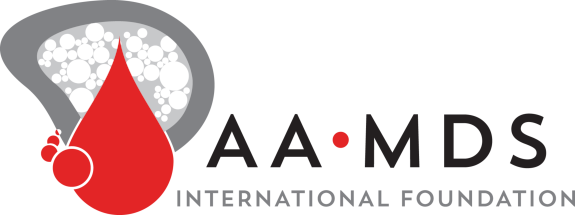Structural Racism is a Mediator of Disparities in Acute Myeloid Leukemia Outcomes
Key Points
Structural racism (SR) assessed by census tract variables accounts for nearly all Black-white and Hispanic-white disparity in AML survival.
Structural Racism is a stronger mediator of survival disparities than molecular features, co-morbidities, healthcare access and treatment.

